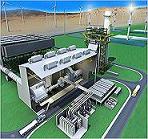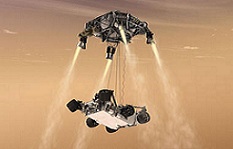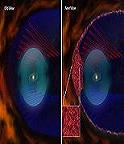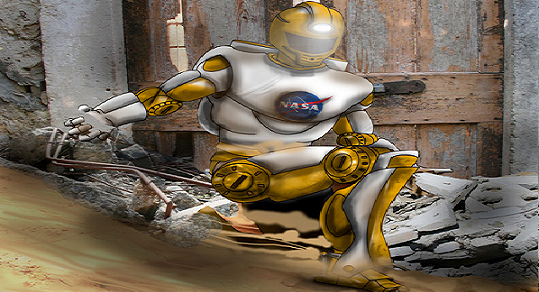
NASA - Johnson Space Center
NASA Johnson Space Center proposed to develop a next-generation humanoid robot and control paradigm capable of performing dynamic, dexterous and perception-intensive tasks in a variety of scenarios. NASA JSC’s development approach will apply successful practices that have been used to develop multiple generations of Robonaut and related technologies in collaboration with academic, commercial and other government partners.
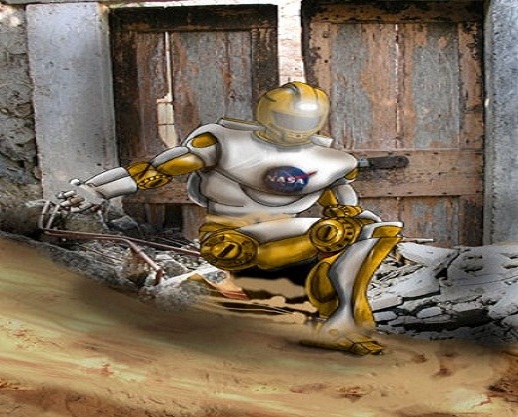
NASA JSC’s development approach will apply successful practices that have been used to develop multiple generations of Robonaut and related technologies in collaboration with academic, commercial and other government partners.
NASA - Jet Propulsion Laboratory (JPL)
NASA-JPL proposed to build RoboSimian, a simian-inspired, limbed robot that will use deliberate and stable operations to complete challenging tasks under supervised teleoperation. The team will employ design methods, system elements and software algorithms that have already been successfully demonstrated in JPL’s existing robots.
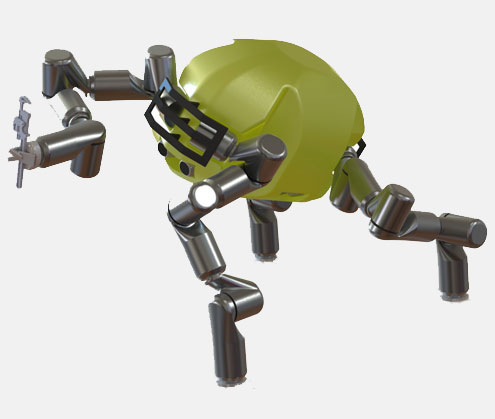
RoboSimian will use its four general-purpose limbs and hands, capable of both mobility and manipulation, to achieve passively stable stances, create multi-point anchored connections to supports such as ladders, railings and stair treads, and brace itself during forceful manipulation operations.
Humanoid Robot-Hubo
Drexel University’s design focuses on a mature, open-architecture, bipedal robot called Hubo.
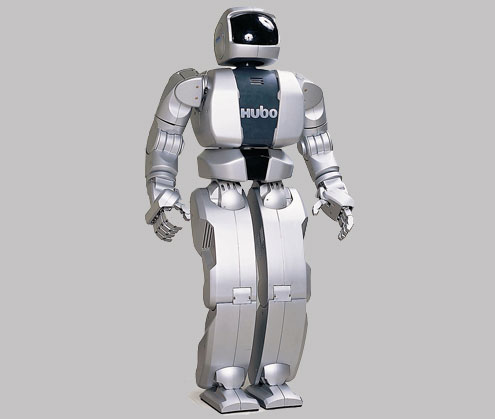
Each member on Drexel’s team will be equipped with a stock Hubo, a complete, full-sized humanoid. This infrastructure will catalyze a multi-university effort to “hit the ground running” and successfully address all anticipated DRC events in a “program-test-perfect” model



